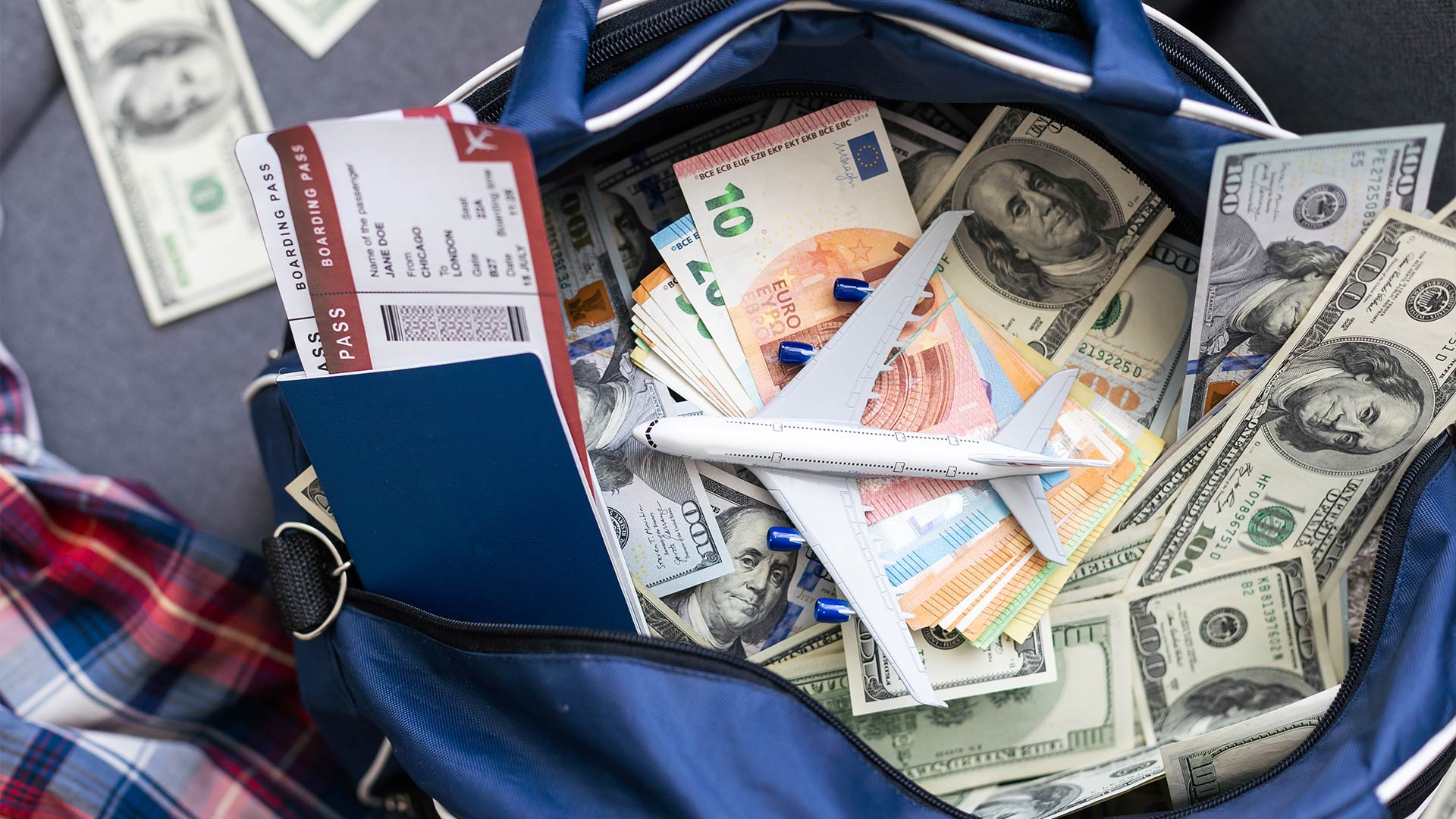Best Ways to Exchange Currency Abroad: Banks vs Airports vs Apps

When traveling internationally, one key consideration is how to exchange your money efficiently and cost-effectively. Whether you’re taking a short trip or embarking on a long-term journey, understanding the best ways to convert your home currency into local money can save you a surprising amount of money and hassle.
This guide breaks down the three most common options—banks, airport kiosks, and digital currency exchange apps—highlighting their pros, cons, fees, and best-use scenarios.
🏦 Option 1: Banks & Local ATMs
✅ Pros
- Reliable exchange rates: Most banks offer mid-market rates with small fees.
- Secure transactions: Using a reputable bank ATM reduces risk of fraud.
- Local currency access: ATMs dispense the local currency directly—no need to carry cash for exchange.
❌ Cons
- Transaction fees: Foreign transaction or ATM withdrawal fees may apply (typically $2–$10 per use).
- Limited hours: Bank counters often follow strict hours and may be closed on weekends.
- Requires debit card: Not useful if your card isn’t enabled for international use.
🧭 When to Use
- You arrive in a major city with easy ATM access.
- You want better exchange rates than airports offer.
- Your bank is part of a global ATM alliance (e.g., Global ATM Alliance, PLUS, Cirrus).
💡 Tip: Withdraw larger amounts to minimize per-transaction ATM fees, but avoid carrying too much cash.
🛫 Option 2: Airport Currency Exchange Counters
✅ Pros
- Convenience: Available immediately upon arrival—no need to search for a bank.
- Quick access: Useful in emergencies or for immediate transport fares and tips.
❌ Cons
- High markups: Airport counters typically charge 10–20% more than mid-market rates.
- Poor exchange rates: Often the worst rates of any option.
- Hidden fees: Even if marked “zero commission,” the rate may include built-in fees.
🧭 When to Use
- You need a small amount of local cash right after landing.
- You missed your chance to exchange in advance and need cash before heading to the city.
⚠️ Warning: Only exchange a small sum at the airport—just enough to get to your hotel or a nearby ATM.
📱 Option 3: Currency Exchange Apps & Travel Cards
Popular Apps & Tools
- Wise (formerly TransferWise)
- Revolut
- XE Money Transfer
- CurrencyFair
- N26 / Monzo (for EU/UK travelers)
✅ Pros
- Competitive rates: Near mid-market exchange rates with minimal fees.
- Convenience: Exchange and hold multiple currencies in-app.
- Instant access: Use digital cards or physical debit cards linked to the app.
- Track spending: Budgeting features help manage daily expenses abroad.
❌ Cons
- App setup required: Must register, verify identity, and possibly preload funds before travel.
- Card acceptance varies: In rural areas or smaller shops, app-linked cards may not be accepted.
- ATM withdrawal limits: Free ATM withdrawals often capped monthly (e.g., $200–$400).
🧭 When to Use
- You travel often and want to minimize bank and ATM fees.
- You prefer app-based financial control and transparency.
- You're in a country with good internet and app support infrastructure.
💡 Pro Tip: Use Wise for transferring large sums (e.g., rent, tuition) abroad with low fees and transparent rates.
💵 Comparison Table: Banks vs Airports vs Apps
💡 Tips for Smarter Currency Exchange Abroad
1. Know the Mid-Market Rate
Always check the real-time exchange rate using tools like XE.com or Google before you exchange. If a provider offers rates far worse than the mid-market rate, you’re losing money.2. Avoid Dynamic Currency Conversion
When asked, “Do you want to pay in your home currency or local currency?” always choose local currency. Paying in your home currency (DCC) allows merchants to set poor exchange rates.3. Use Currency Conversion Apps on the Go
Apps like XE, OANDA, and Revolut help you track spending, understand rates, and calculate real value before you buy.4. Minimize Physical Exchange
Convert only a small amount of physical currency before you travel. Instead, rely on ATMs and travel cards for better rates and less risk of carrying large sums.5. Keep Small Bills for Local Use
In many countries, small vendors, public toilets, buses, or taxis may not accept large notes or cards.🧳 Final Recommendations by Travel Style
Conclusion
When it comes to exchanging money abroad, preparation is everything. While airport kiosks may be convenient, they’re often costly. Banks and ATMs strike a balance between safety and value, while modern digital apps offer flexibility and control.
For most travelers, a mix of digital apps and smart ATM withdrawals is the best way to stretch your money further—and avoid unnecessary fees.


